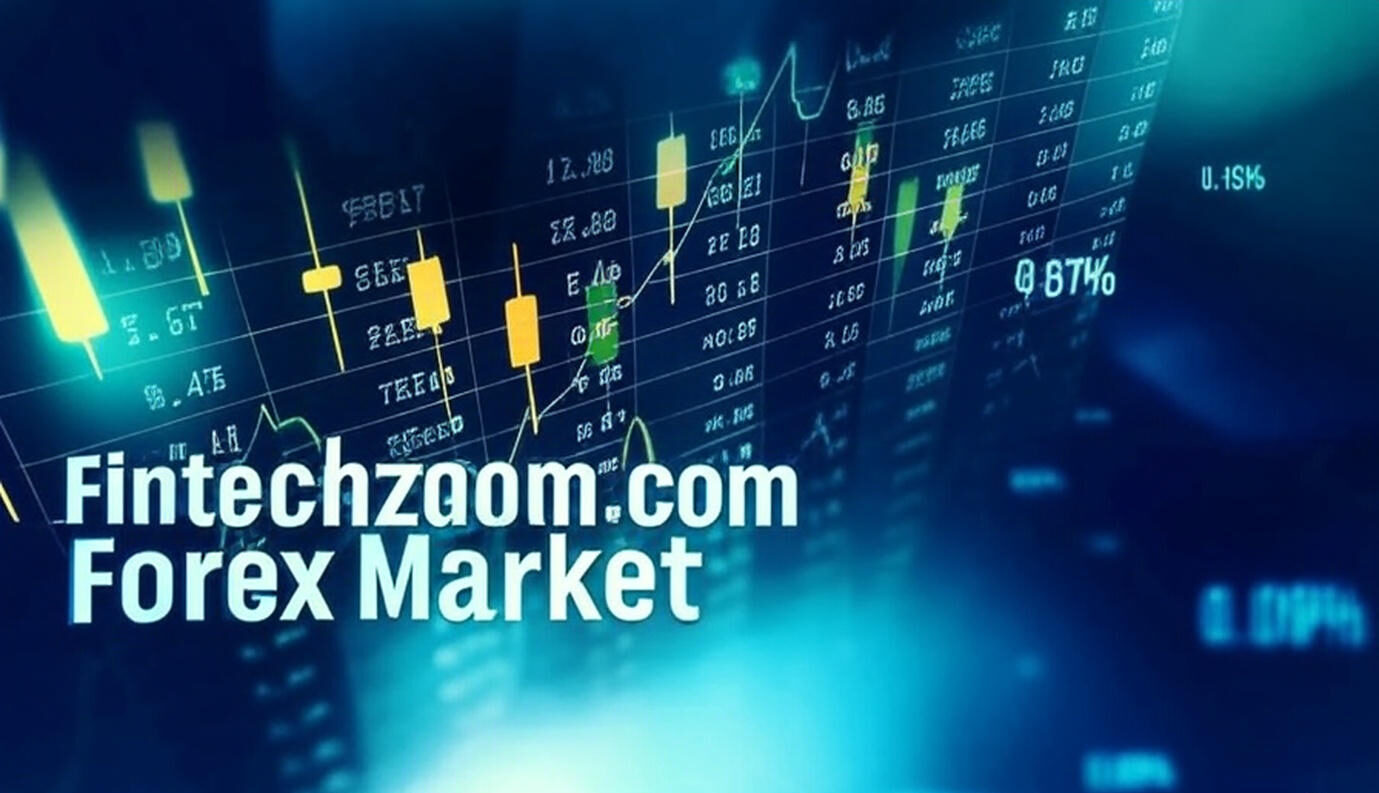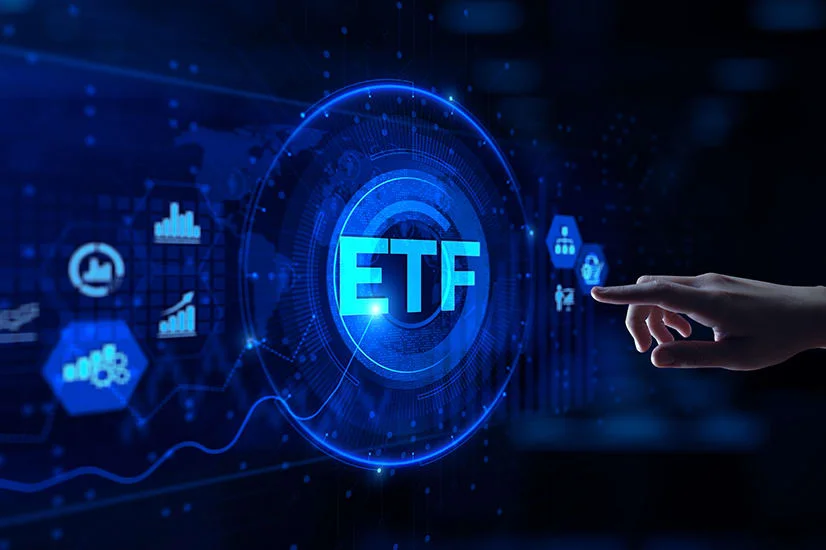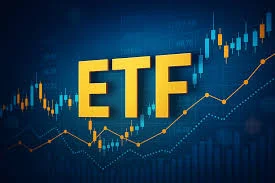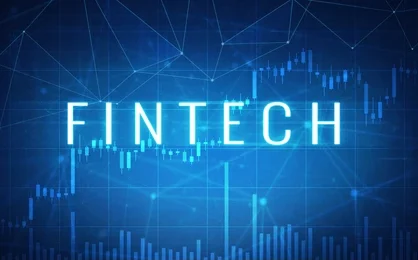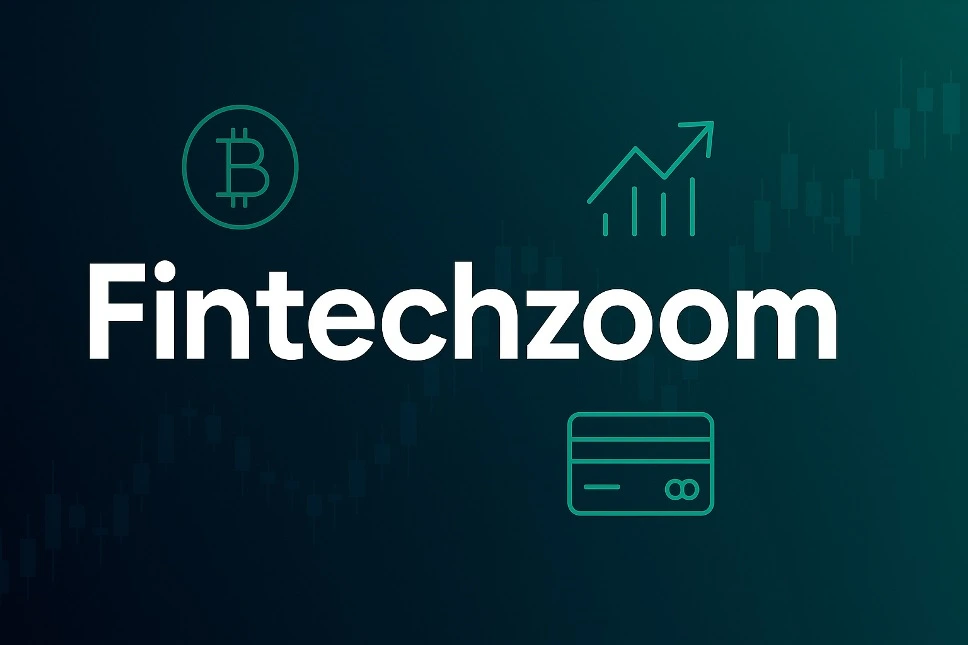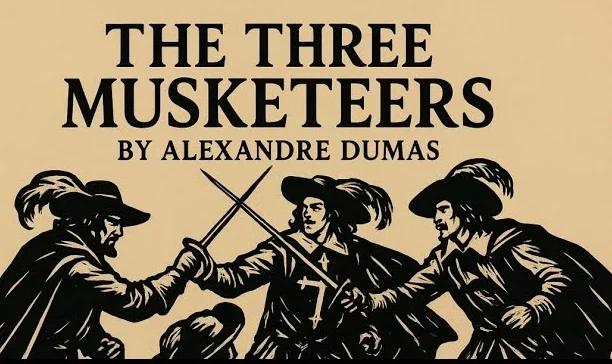The foreign exchange market, often called forex or FX, is the largest and most active financial market in the world. With trillions of dollars traded daily, it offers many opportunities for those who understand its movements. For traders looking to navigate this complex environment, having the right tools is essential. This is where platforms that cover the fintechzoom.com forex market come into play. They provide the data, analysis, and insights needed to make informed decisions.
This guide will explore how you can use a site like FintechZoom to understand the forex market. We will cover its key features, the benefits it offers, and how both new and experienced traders can use it to their advantage. From real-time data to expert analysis, you will learn how fintechzoom .com simplifies the world of currency trading.
Table of Contents
What is FintechZoom?
FintechZoom is a financial technology platform that offers comprehensive news, analysis, and real-time data across various financial markets. While it covers stocks, cryptocurrencies, and commodities, its coverage of the fintechzoom.com forex market is particularly valuable for currency traders. The platform aims to make financial information accessible to everyone, from beginners to seasoned professionals. It combines news, charting tools, and educational resources into one user-friendly interface.
Think of fintechzoom com as your one-stop shop for financial information. Instead of visiting multiple websites for news, charts, and analysis, you can find everything you need in one place. The platform is designed to be intuitive, making it easy to find information on currency pairs, economic events, and market trends. Whether you are using a desktop or looking for a fintechzoom com forex market app experience on your mobile device, the platform is built for easy access.
Why Traders Rely on FintechZoom
Traders turn to platforms like FintechZoom for several key reasons. First, the information is provided in real time, which is critical in the fast-moving forex market. A few seconds can make a big difference in trading, so having up-to-the-minute data is a major advantage. Second, the platform provides a mix of technical and fundamental analysis. This allows traders to get a complete picture of the market. You can look at price charts and indicators while also reading about the economic news that moves currencies.
Another important reason is accessibility. Unlike expensive institutional platforms, FintechZoom offers a wealth of information for free. This makes it an excellent resource for retail traders who may not have large budgets for research tools. The platform’s broad coverage, from the fintechzoom.com forex market to stocks and crypto, also helps traders see how different markets are connected.
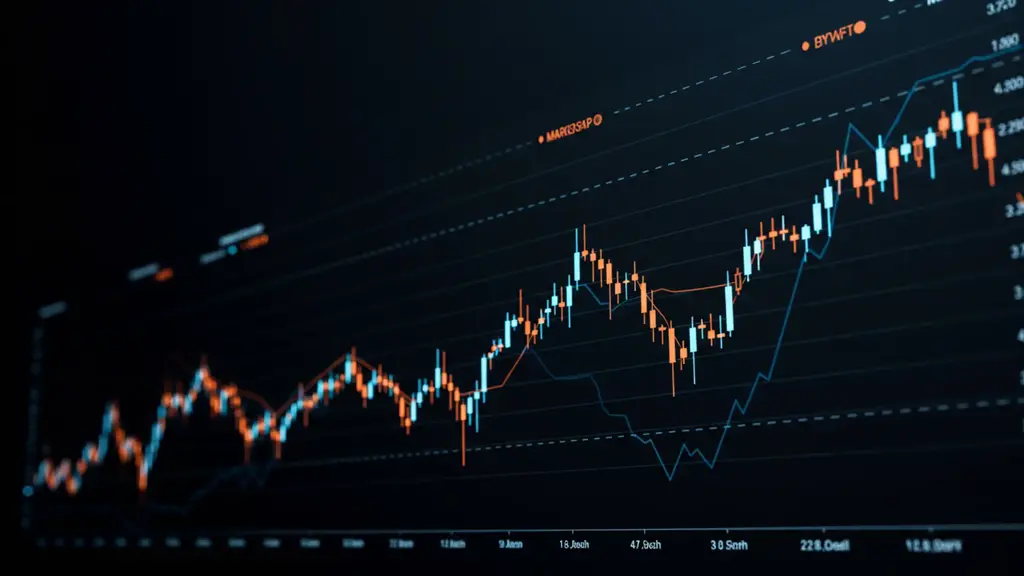
Exploring the Fintechzoom.com Forex Market Section
The forex section on FintechZoom is packed with features designed to help you succeed. It acts as a central hub for everything related to currency trading. You can find live rates for major, minor, and exotic currency pairs. This means you can track the price of the Euro against the US Dollar (EUR/USD) just as easily as you can track the Turkish Lira.
The platform also includes an economic calendar. This is a vital tool for forex traders, as it lists important events like interest rate decisions, inflation reports, and employment data releases. These events can cause significant volatility in the market, and knowing when they are happening allows you to prepare. The fintechzoom.com forex market section ties this all together with news alerts and expert forecasts, giving you a well-rounded view of what to expect.
Key Features for Forex Traders
- Live Currency Rates: Get instant access to pricing on dozens of currency pairs.
- Advanced Charting Tools: Use technical indicators like RSI, MACD, and Bollinger Bands to analyze trends.
- Economic Calendar: Stay ahead of market-moving events from central banks and governments.
- Breaking News and Analysis: Read expert opinions and news that impact currency values.
- Educational Guides: Learn the basics of forex or explore advanced trading strategies.
Understanding Currency Pairs on FintechZoom
The forex market is all about trading currency pairs. When you trade forex, you are always buying one currency while selling another. FintechZoom provides detailed information on all types of pairs.
Major Pairs
These are the most traded currency pairs in the world and involve the US dollar. They have the highest liquidity, which means you can easily buy and sell them without causing a major price change.
- EUR/USD (Euro/US Dollar)
- GBP/USD (British Pound/US Dollar)
- USD/JPY (US Dollar/Japanese Yen)
- USD/CHF (US Dollar/Swiss Franc)
Minor Pairs (Crosses)
These pairs do not involve the US dollar but include other major currencies like the Euro, Pound, and Yen.
- EUR/GBP (Euro/British Pound)
- EUR/JPY (Euro/Japanese Yen)
- AUD/NZD (Australian Dollar/New Zealand Dollar)
Exotic Pairs
These pairs include one major currency and the currency of an emerging economy, such as the Mexican Peso or the South African Rand. They are less liquid and can be more volatile.
- USD/TRY (US Dollar/Turkish Lira)
- USD/MXN (US Dollar/Mexican Peso)
Platforms like fintechzoom .com provide the necessary tools to analyze all these pairs, helping you decide which ones fit your trading style and risk tolerance.
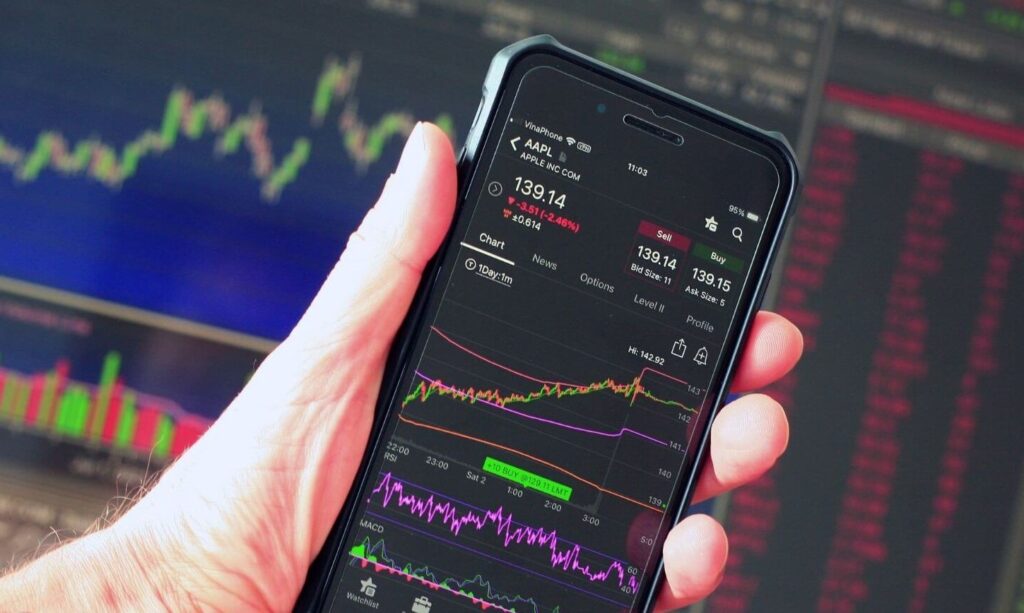
How to Use FintechZoom for Fundamental Analysis
Fundamental analysis involves looking at economic, social, and political forces that affect a currency’s value. The fintechzoom.com forex market section is a great resource for this type of analysis.
Tracking Central Bank Decisions
The most significant driver of currency values is interest rates set by central banks. When a central bank like the U.S. Federal Reserve raises interest rates, the country’s currency often strengthens because it offers higher returns to investors. FintechZoom’s economic calendar and news section provide extensive coverage of central bank meetings and policy announcements. This helps you stay informed about potential rate changes and understand the reasoning behind them.
Following Economic Reports
Key economic data releases can cause sharp movements in the forex market. Some of the most important reports include:
- Gross Domestic Product (GDP): Measures the country’s economic output and health.
- Consumer Price Index (CPI): Tracks inflation, which influences central bank policy.
- Employment Data: Reports like the Non-Farm Payrolls (NFP) in the U.S. show the strength of the labor market.
FintechZoom provides real-time updates on these releases and offers analysis on how they might impact specific currency pairs.
Leveraging Technical Analysis with FintechZoom Tools
Technical analysis focuses on chart patterns and statistical indicators to predict future price movements. FintechZoom offers robust charting tools that allow traders to perform detailed technical analysis.
Popular Technical Indicators
The platform’s charting software includes a wide array of indicators. Here are a few popular ones:
- Relative Strength Index (RSI): This momentum oscillator measures the speed and change of price movements. It helps identify overbought or oversold conditions.
- Moving Average Convergence Divergence (MACD): This trend-following momentum indicator shows the relationship between two moving averages of a currency’s price.
- Bollinger Bands: These bands consist of a moving average and two standard deviations, providing a sense of a currency’s volatility.
By using these tools on the fintechzoom.com platform, you can identify potential entry and exit points for your trades. A fintechzoom com forex market review would likely highlight the user-friendliness and power of these integrated tools.
Chart Patterns and Trend Lines
In addition to indicators, traders use chart patterns and trend lines to make decisions. You can draw trend lines directly on FintechZoom’s charts to identify the direction of the market. Recognizing patterns like “head and shoulders” or “double tops” can also provide clues about potential reversals. The platform gives you the flexibility to customize your charts to spot these patterns effectively.

The Role of Risk Management in Forex Trading
Forex trading involves significant risk. The market can be highly volatile, and it is possible to lose money. A good trading platform should not only provide opportunities but also help you manage risk.
Setting Stop-Loss and Take-Profit Orders
One of the most basic principles of risk management is using stop-loss orders. A stop-loss order automatically closes your trade if the price moves against you by a certain amount, limiting your potential loss. A take-profit order does the opposite, closing your trade once it reaches a specific profit target. While FintechZoom is primarily an information platform, its educational content heavily emphasizes the importance of these tools, which you would use on your brokerage’s trading platform.
Understanding Leverage
Leverage allows you to control a large position with a small amount of capital. While it can amplify your profits, it can also magnify your losses. It is crucial to use leverage wisely. FintechZoom’s guides and articles often discuss the dangers of over-leveraging and provide advice on how to use it responsibly. This educational aspect is a key part of what makes fintechzoom a valuable resource.
Comparing FintechZoom to Other Platforms
When choosing a platform for market analysis, it’s helpful to see how it stacks up against the competition. FintechZoom carves out a unique space in the financial media landscape.
| Feature | FintechZoom | Bloomberg Terminal | Investing.com |
|---|---|---|---|
| Cost | Free | $24,000+ per year | Free (with ads) |
| Target Audience | Retail Traders | Institutional Traders | Retail Traders |
| Coverage | Forex, Stocks, Crypto, etc. | All Financial Assets | Forex, Stocks, Crypto, etc. |
| Ease of Use | High | Low (steep learning curve) | High |
| Real-Time Data | Yes | Yes | Yes (sometimes delayed) |
As the table shows, FintechZoom offers a compelling alternative to both high-cost professional terminals and other free platforms. It provides a clean, user-friendly experience without the hefty price tag of institutional tools, making it ideal for the average person interested in the fintechzoom.com forex market.
The Future of Forex Trading and Technology
The world of forex is constantly evolving, driven by technology. Artificial intelligence (AI) and machine learning are becoming more prevalent, with algorithms executing trades faster than any human can. Platforms like FintechZoom are at the forefront of this change, using technology to deliver smarter and faster insights to their users.
The rise of mobile trading has also changed the game. Many traders now manage their positions and conduct analysis directly from their smartphones. The demand for a reliable fintechzoom com forex market app experience will only grow as traders seek flexibility. In the future, we can expect even more integration of AI-driven analysis, personalized news feeds, and more sophisticated mobile tools.
Conclusion of Fintechzoom.com Forex Market
The fintechzoom.com forex market offers a wealth of opportunities, but success requires the right knowledge and tools. Platforms like FintechZoom play a crucial role by providing accessible, real-time data and comprehensive analysis. By combining fundamental insights from its economic calendar and news with technical analysis from its advanced charting tools, you can build a well-rounded trading strategy.
Whether you are a beginner taking your first steps or an experienced trader looking for a reliable information source, FintechZoom provides the resources you need to navigate the complexities of the forex market. Its focus on education and risk management further empowers you to trade more confidently and responsibly.
Key Takeaways
- FintechZoom is a comprehensive platform offering free, real-time data and analysis on the forex market.
- It combines fundamental tools like an economic calendar with advanced technical charting features.
- The platform is designed for accessibility, catering to both new and experienced retail traders.
- Understanding and managing risk through education is a core part of the value FintechZoom provides.
- Technology, including AI and mobile apps, continues to shape the future of forex trading, and platforms must adapt.
FAQs about Fintechzoom.com Forex Market
1. Is FintechZoom a trading platform?
No, FintechZoom is primarily a financial news and analysis platform. It provides the information and tools you need to make trading decisions, but you execute trades through a separate brokerage account.
2. Is the information on FintechZoom reliable?
FintechZoom aggregates data from various reputable sources to provide timely and accurate information. However, like with any financial platform, you should always do your own research and cross-reference information.
3. Can I use FintechZoom on my mobile device?
Yes, the FintechZoom website is mobile-friendly, providing a good user experience on smartphones and tablets. This allows you to access market data and news on the go, similar to using a dedicated fintechzoom com forex market app.
4. How much does it cost to use FintechZoom?
Most of the content and tools on FintechZoom are free. This makes it an excellent resource for traders who do not want to pay for expensive subscriptions.
5. How does FintechZoom help with a forex market review?
FintechZoom provides historical data, expert analysis, and performance metrics that are essential for conducting a thorough fintechzoom com forex market review. You can analyze past trends to inform your future trading strategies.
